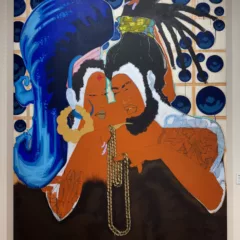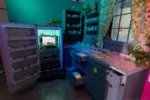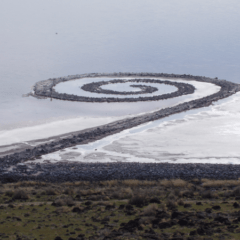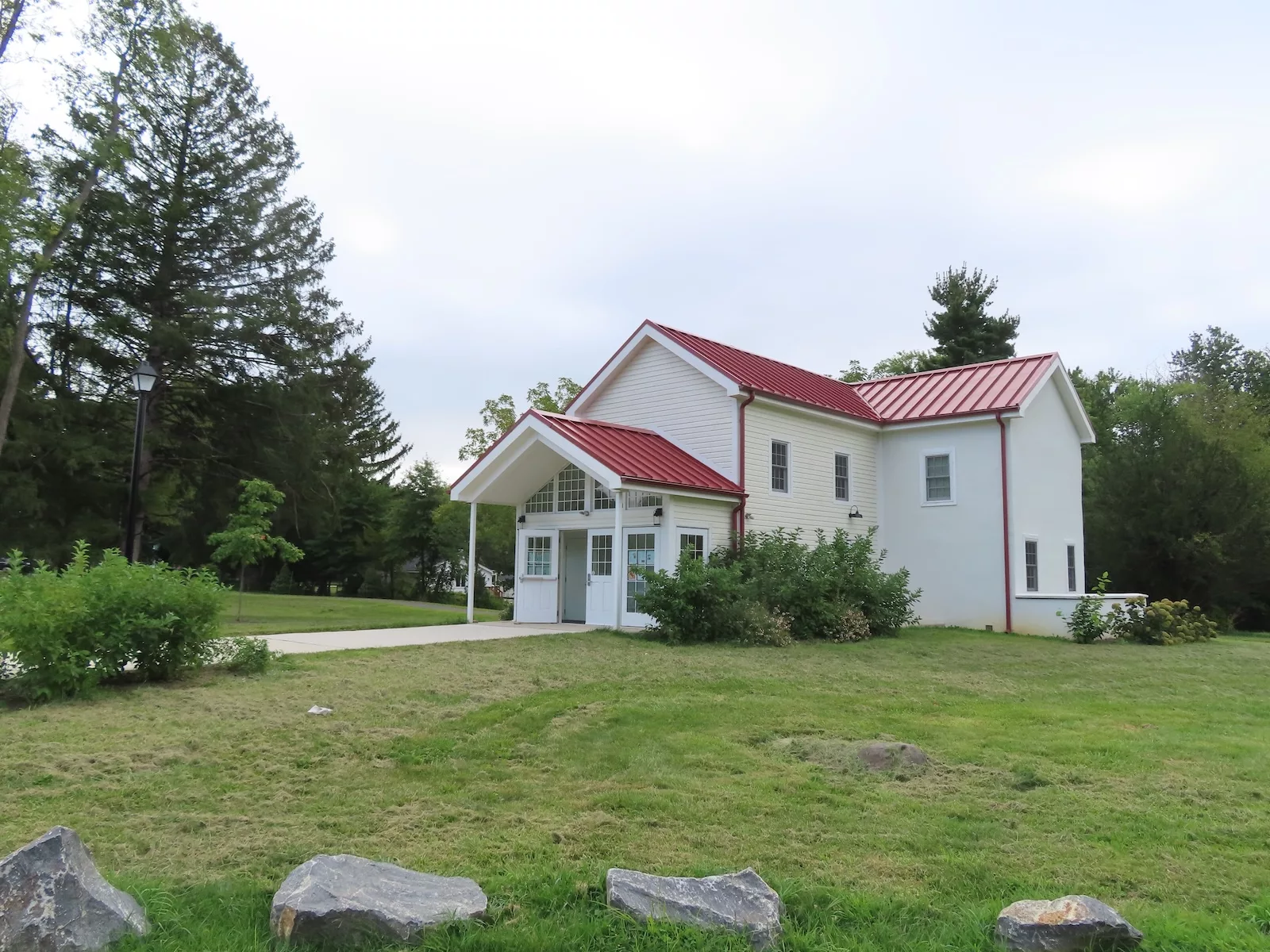
Susan Isaacs interviews two board members of a new arts facility in Brandywine Hundred, an area North of Wilmington, next to the Pennsylvania border. The idea for Jester Artspace came out of a chance meeting between four artists in 2014 at a Christmas Eve party. Today it is solvent and looking forward to a bright future. Funding for the project and its operation came in part from the Welfare Foundation, the Longwood Foundation, the Chrystal Trust, New Castle County, Delaware, and the Delaware Division of the Arts. Jester Artspace is a 501(c)(3) nonprofit organization with membership support.
A few months ago, I received an announcement about Jester Artspace from artist Susan Benarcik, who worked for me many years ago when I owned and operated a commercial gallery in Wilmington (1986-92). Benarcik went on to graduate school in studio art and moved to NYC for many years, returning to Wilmington in 2013.
There are new arts organizations that pop up from time to time in Delaware. I was active in the founding of the DCCA (now the Delaware Contemporary) in the late 1970s and have always had an interest in community arts organizations, having taught in the 1970s and 80s for New Castle County Parks and Recreation at various locations as well as the Girls Clubs of Delaware (now the Boys and Girls Clubs), and the Yorklyn Art Center (now the Center for Creative Arts), among others.
Spending much of my time in Towson, MD, the last 30 years, I had not heard about Jester before that email. Susan Benarcik and I had not seen each other recently, and this seemed like a good time to reconnect. I contacted her to find out more. She took me on a tour and then linked me to Alan Baseden, President of the Board of Jester Artspace. He is an artist and retired interactive designer who grew up on Grubb Road very close to the Jester property. Alan specializes in urban sketching and printmaking and is devoting much of his time to Artspace, although he currently lives in Paoli, PA. Benarcik is also on the Jester Artspace Board and is an active artist too, a painter, sculptor and urban garden designer living on Darley Road. She grew up along Marsh Road, which crosses over Grubb Road. I grew up in Holiday Hills, a suburban development just off Grubb Road. So, the three of us share a specific geography north of the city of Wilmington, and I currently live only a few miles from Jester Artspace.
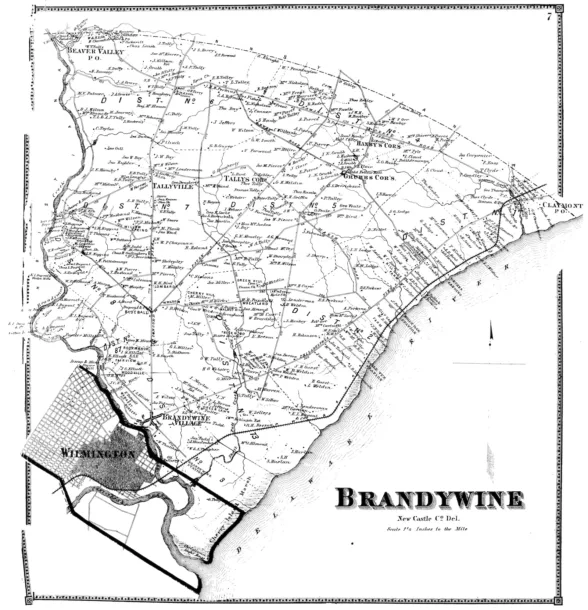
This area, known by its colonial designation, Brandywine Hundred, is not part of the city except a portion in the South that crosses into Wilmington Hundred. It is on the Pennsylvania border, and Artspace itself is just a walkable mile from Pennsylvania. Brandywine Hundred is largely comprised of suburban developments, schools, religious buildings, and shopping areas. Many arts organizations reside in the city proper, so creating a new one in this location is unusual, but not the first for New Castle County. The Art Studio, another such arts organization is in the arts education center of New Castle County’s Department of Community Services in the Mill Creek Hundred of the county.* It is well known for its weaving and ceramics studios. The Center for Creative Arts in Yorklyn is in New Castle County but not a New Castle County center like the other two.
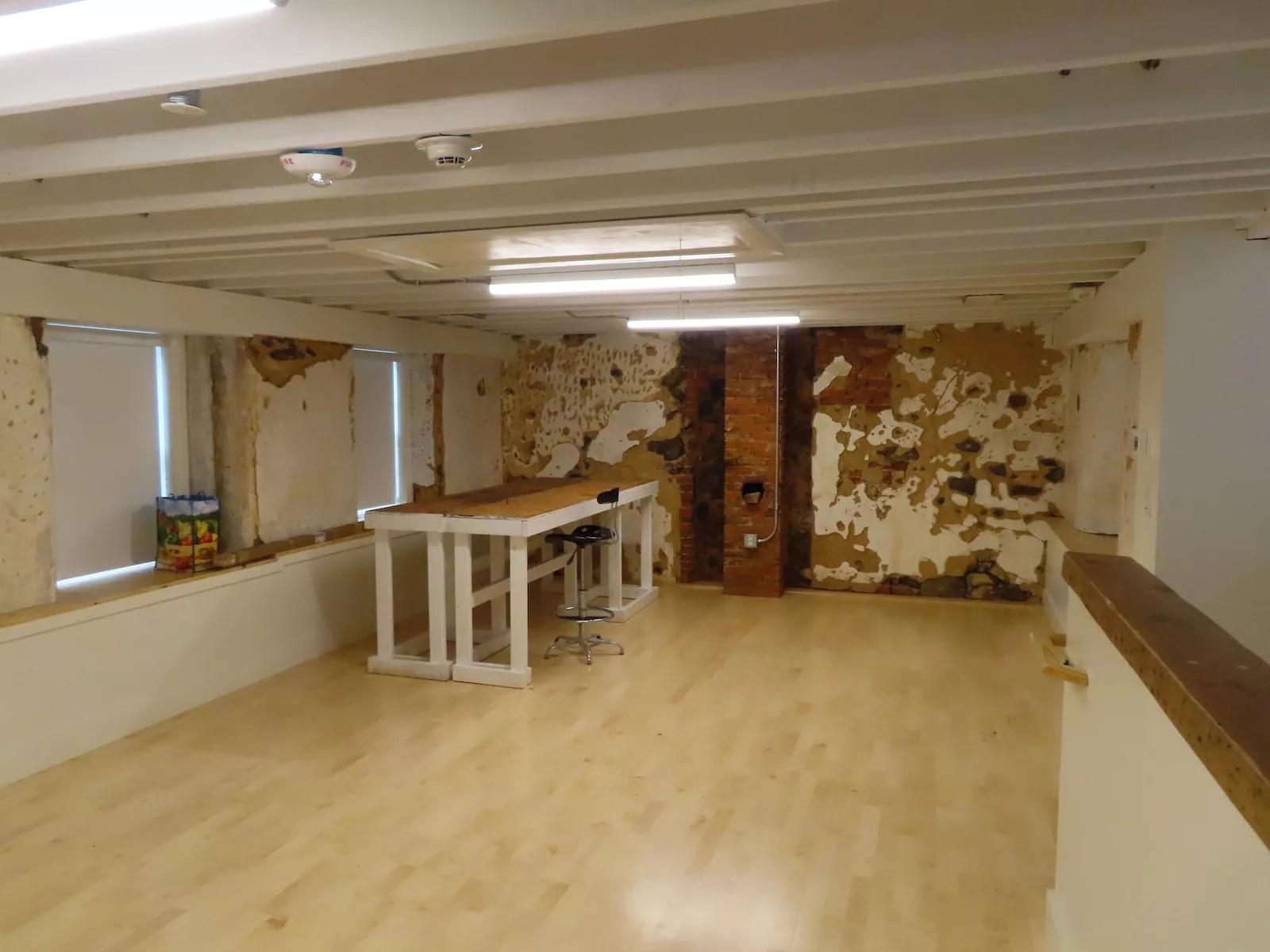
Jester Artspace, housed in the old farmhouse, is part of a 30-acre passive New Castle County recreation park. Its art building is small, but historic and underwent a major overhaul. Jester Artspace was responsible for the interior renovations of the farmhouse while New Castle County was responsible for the exterior of the building and additional renovations of the park. The building is known as the Jester Farmhouse due to Francis and Eleanor Jester who owned the property from 1953 to 1974, when it was then sold to New Castle County.
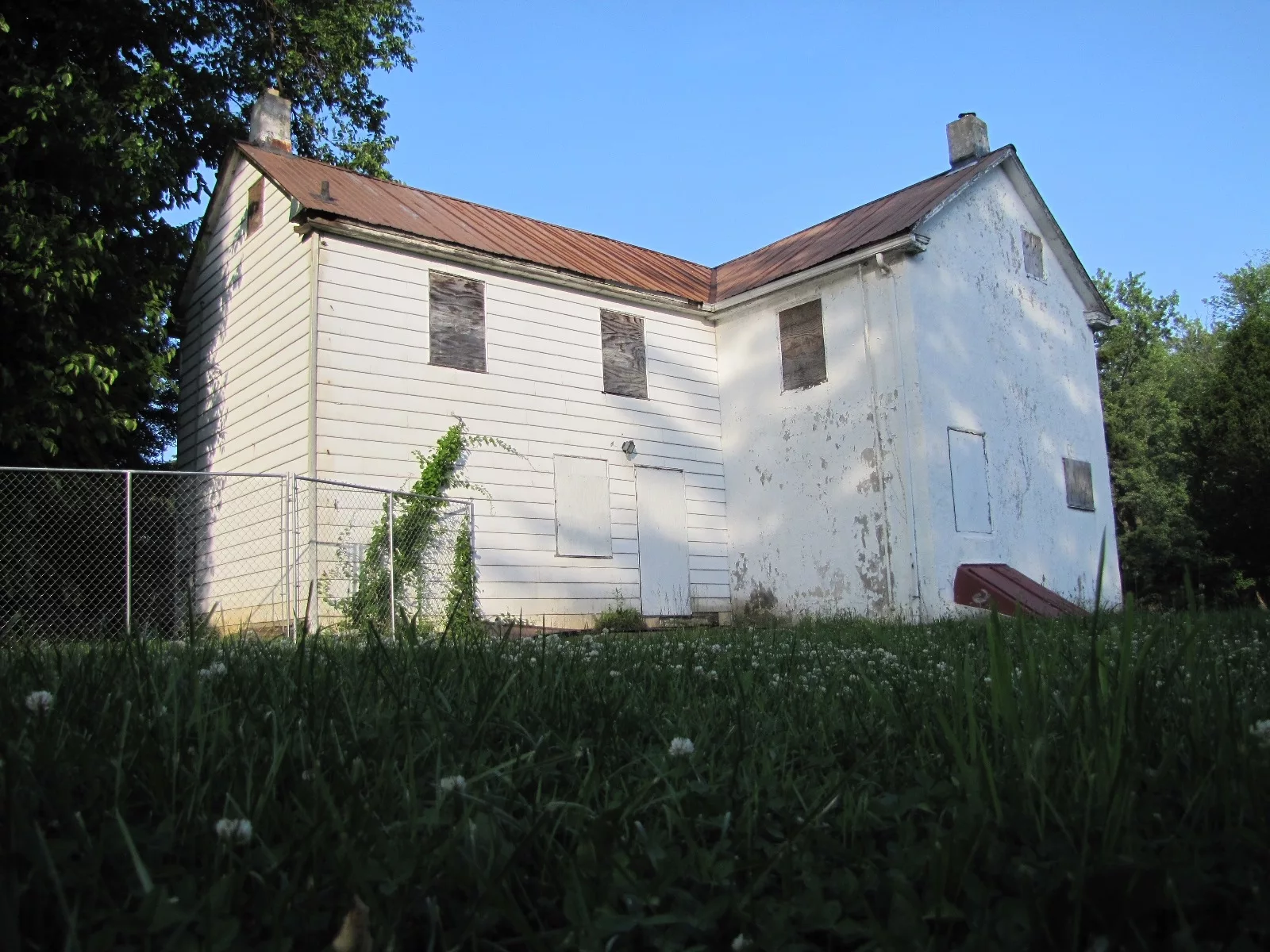
The construction of the house is different for its time. The older original wing of the house is made of stone on three sides and frame construction on the fourth—an unusual technique. Research completed by members of Jester Artspace determined the history of the property. The house was built in the early 1800s on land that was then known as the W. Wilson Farm. It is shown on an 1849 map. The Day family became owners from the Civil War period until World War II. The farmstead is described in a report by the New Castle County Historic Review Board as one of the “mid-19th century landscape features that once dotted northern New Castle County . . . a rare intact farmstead in Brandywine Hundred … an example of the early development of the Hundred, before the suburbanization that occurred in the 20th century.” The property had fallen into disrepair and there was talk of the county demolishing the farmhouse and creating soccer fields on the land.
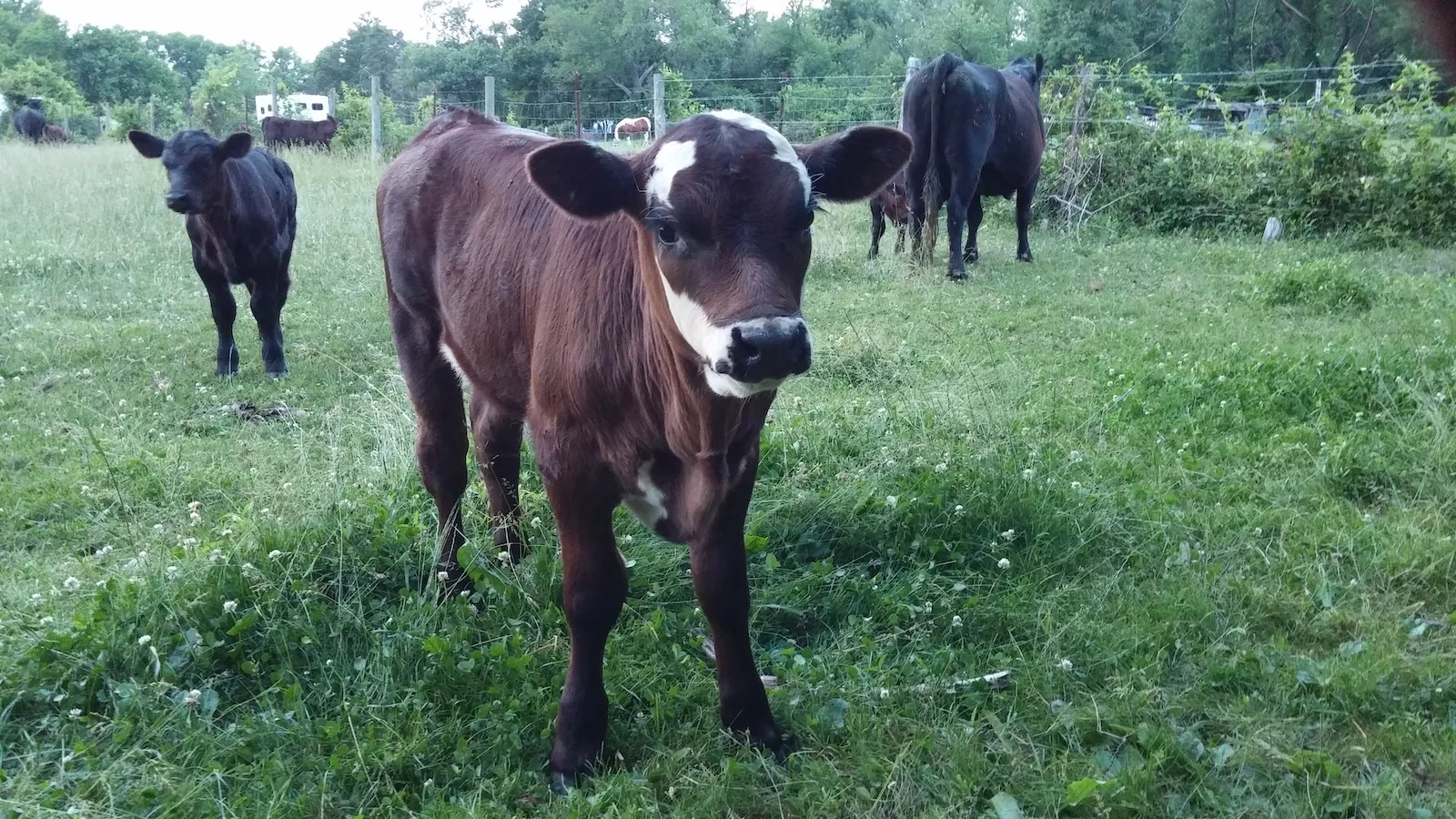
Alan Baseden’s father, Tod Baseden, received notice of this soccer field plan c. 2000. His dad worked with then New Castle County Councilman Bob Weiner to canvas the nearby neighborhood that abuts the farmstead to find out the residents’ feelings on the matter. They did not want a soccer park and recognized the historic significance of the house too. Still rural, Jester farm was used by Hy-Point Dairy for grazing, and they had their cows there up until the County began their work on the park in 2020. Initially, the county attempted to set up a resident curatorship program. This was not appealing as the house was small and, as Alan explained, “If you become a curator, you have the right to live there, rent and tax free for the rest of your life, but you would never own it. You couldn’t sell it. You couldn’t get a mortgage for it. So, for various reasons, it just didn’t work out for the county, and it was languishing.”
Alan tells the story of how the idea of an arts center came about: “My wife Debra Baseden and I just happened to meet artists Susan Benarcik and her husband, Kenneth Velasquez at a Christmas Eve party in 2014, and we were talking about how she and Kenneth had just moved back from Brooklyn, and we were agreeing on how there was a lack of arts opportunities in Brandywine 100. I come from a New York Art school background and so does Debra. We had a lot to talk about. Then the next day for Christmas, I was sitting next to my dad, and he was lamenting how the farmhouse was languishing, and had no takers [for a possible curatorship]. Little by little we started putting the two conversations together. And the idea came forward to, well, why don’t we start a nonprofit here at Jester Farm? And we could then get grants, and we could have workshops and a gallery.”
Susan Benarcik comments on her role:
“When Alan called me just a few days after Christmas to try and sell me on the idea of starting a nonprofit Artspace, I said, “I like the idea, but I don’t have any money. Instead, I could offer you my creativity and determination.”
Susan explains that she was raised by two incredibly talented parents who ran their own businesses in the Brandywine Hundred (Breger’s Flowers and Your Home Inc.) “I was surrounded and intrigued by creative types—designers, painters, and craftsmen. Mesmerized by their skills, I wanted to follow in their footsteps.”
Susan further discusses her background in the arts:
“It wasn’t until I was in college studying art that I realized my creative potential. During summer break, I was introduced to Susan Isaacs and began my first internship at her gallery. Simultaneously I had an apprenticeship at the Fabric Workshop of Philadelphia. With Susan’s encouragement I didn’t skip a beat and went on to get my MFA, and the rest is history. Never did I look back, nor did I think I would return to Wilmington, DE. However, as fate would have it, I did return, and I knew it was time to contribute my knowledge and skills to help ignite our local cultural scene. If I could help one young person achieve their dream to be an artist, that would please me.”
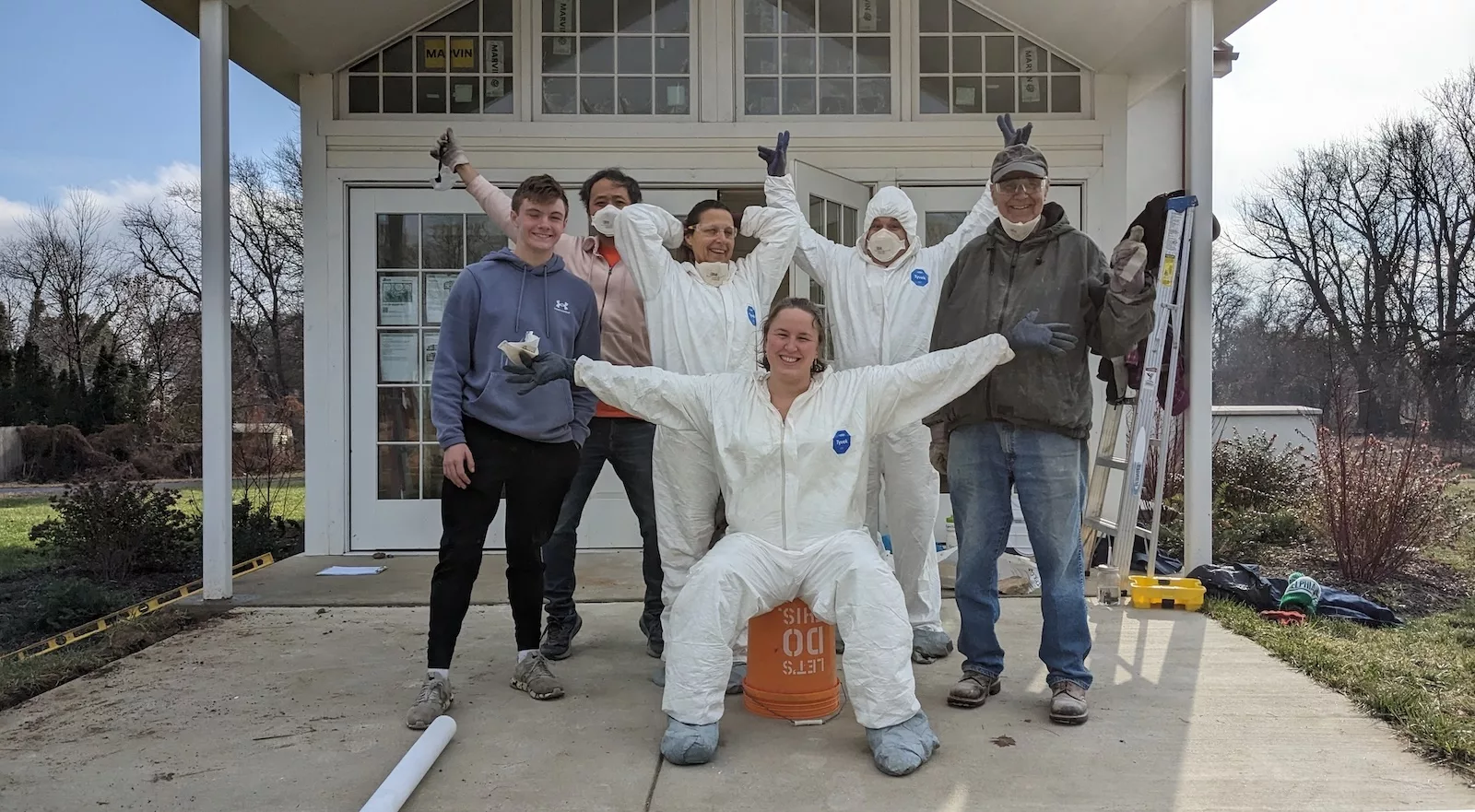
The group that met that Christmas Eve developed lots of ideas but how to implement them became the question. Many people would give up at this point, but not Alan:
“I didn’t even fully understand what a nonprofit organization was. But we just went to the library, and I took out a whole bunch of books and read up on it and figured it out: how do you incorporate? and how do you get nonprofit status? and how does fundraising work? And we got smart people to get involved and take pity on us and help and we kept going. The county bit on the idea because they were facing a lot of heat for just letting these properties languish and fall apart. In 2016, we signed a 20-year lease with the county that covers the 1,373-square-foot building and 1.4 acres that will eventually include a sculpture garden and an outdoor gathering area. The county agreed to put in a good chunk of money to restore the park and the envelope of the building, and then we raised a lot of grant money for the inside of the farmhouse. We do not pay rent because we provide community service. By this past May of 2024, the work was finally done, and we received our certificate of occupancy. And so that’s where we are now.”**
Alan’s father passed away in July: “He was gratified to see the success of the park and the Artspace. He walked his dogs there regularly up until his death at age 96.”
Susan Benarcik says of her contributions to the programing so far: “As we built our Artspace, I offered several unique workshops including Pysanky- The art of Ukrainian Egg Design, Not your Ordinary Winter Wreath Making, Elements of Floral Design, and most recently a Watercolor Design Workshop in our new space! It was so much fun to share my skills with so many new friends.”
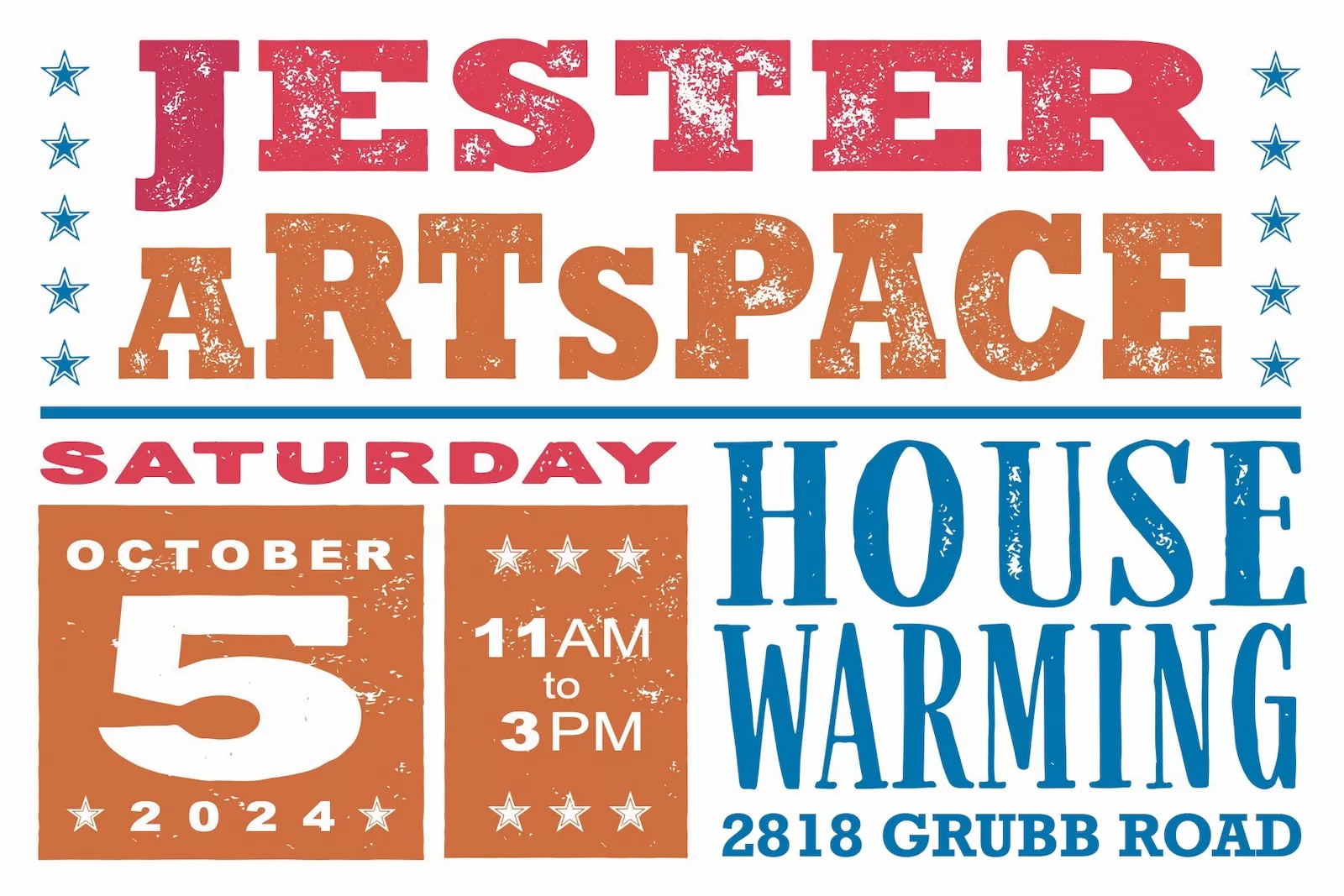 Further workshop topics by other artists can be found on the website.
Further workshop topics by other artists can be found on the website.
They are always looking for artist instructors to run workshops.
The public is invited to the grand opening celebration from 11 a.m. to 3 p.m. on October 5, 2024. Ribbon cutting will be at 11 a.m. and I have it on good authority that bagpipes will be there. Tour the site and see the inaugural exhibition of art by all the many artists who worked on bringing Jester Artspace to fruition, repurposing a pre-Civil War farmstead. There will be how-to demonstrations, plein air painting, linocut printing, oil painting, and sketching by the Urban Sketching movement.
Read more articles by Susan Isaacs on Artblog.
NOTES
*In colonial times, Delaware was directed by William Penn to be divided into geographic regions called “Hundreds” for tax and legal purposes. It is like the townships of Pennsylvania. An English tradition, the idea was to create specific areas with each occupied by 100 families. Today Delaware has three counties and 33 Hundreds. https://www.dgs.udel.edu/delaware-1868-hundreds-maps#:~:text=On%2025%20October%201682%2C%20William,hundreds%20after%209%20April%201690. See also: https://en.wikipedia.org/wiki/Brandywine_Hundred
**See also this 2023 article by Ken Mammarella on the Jester Artspace.


